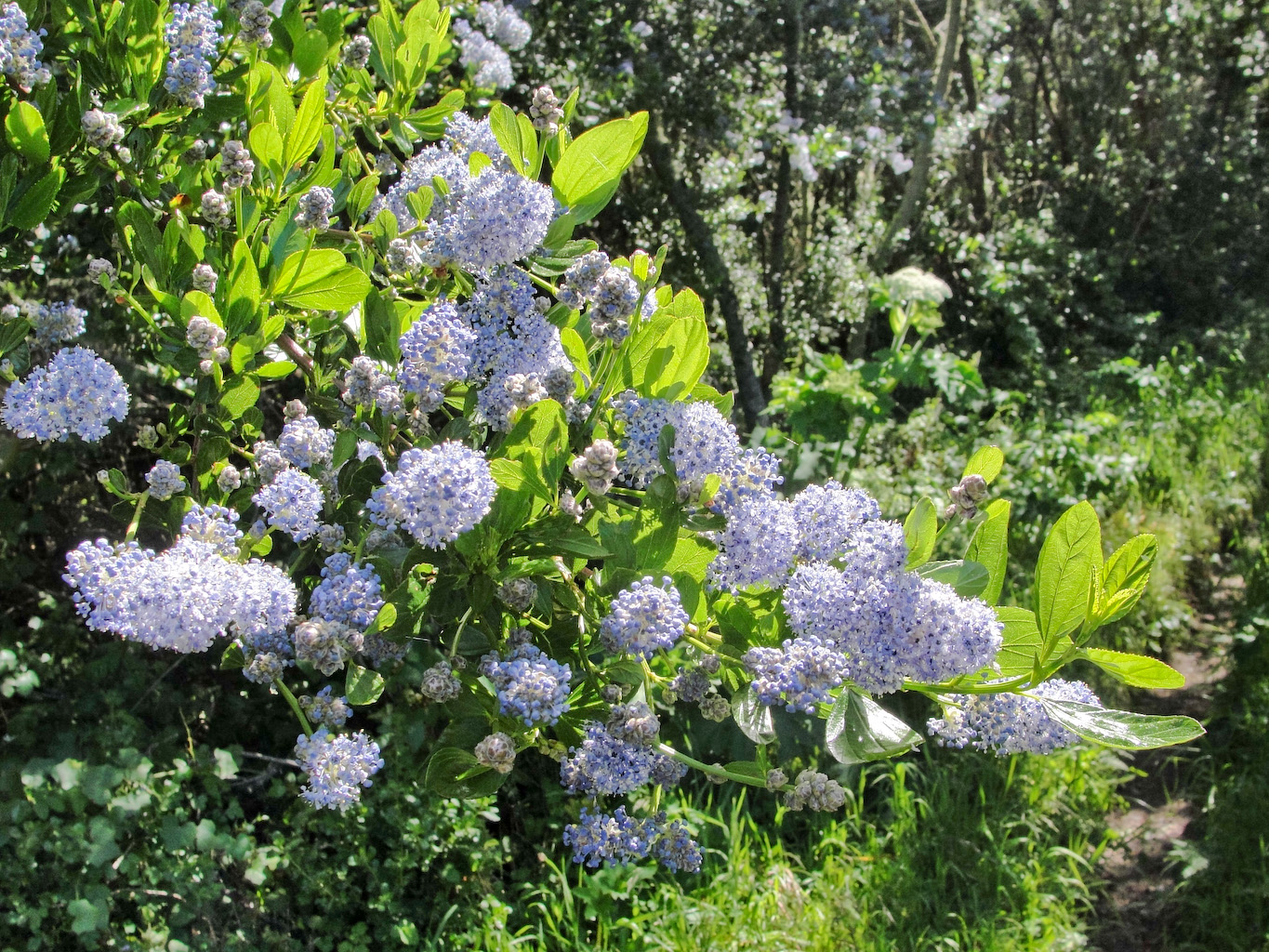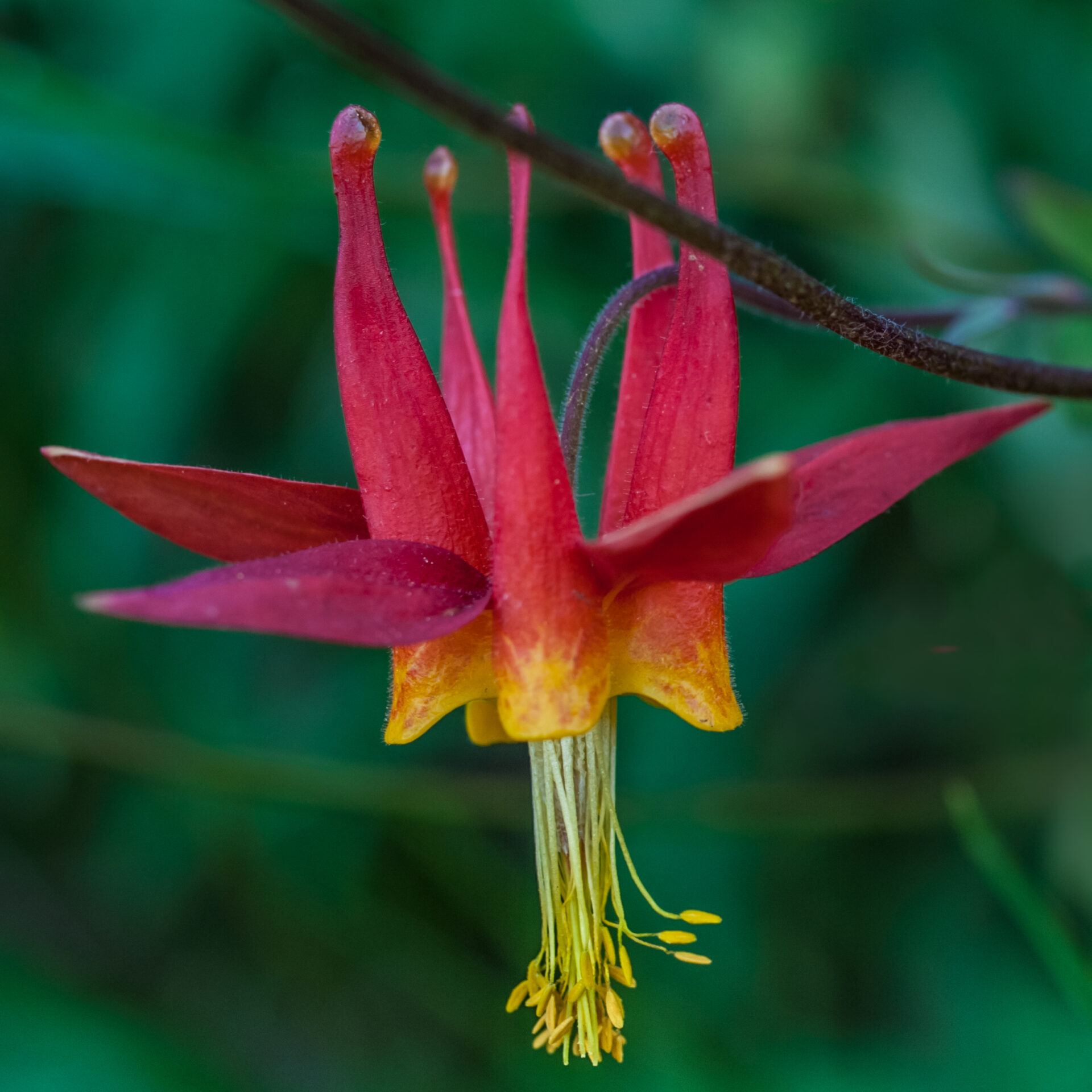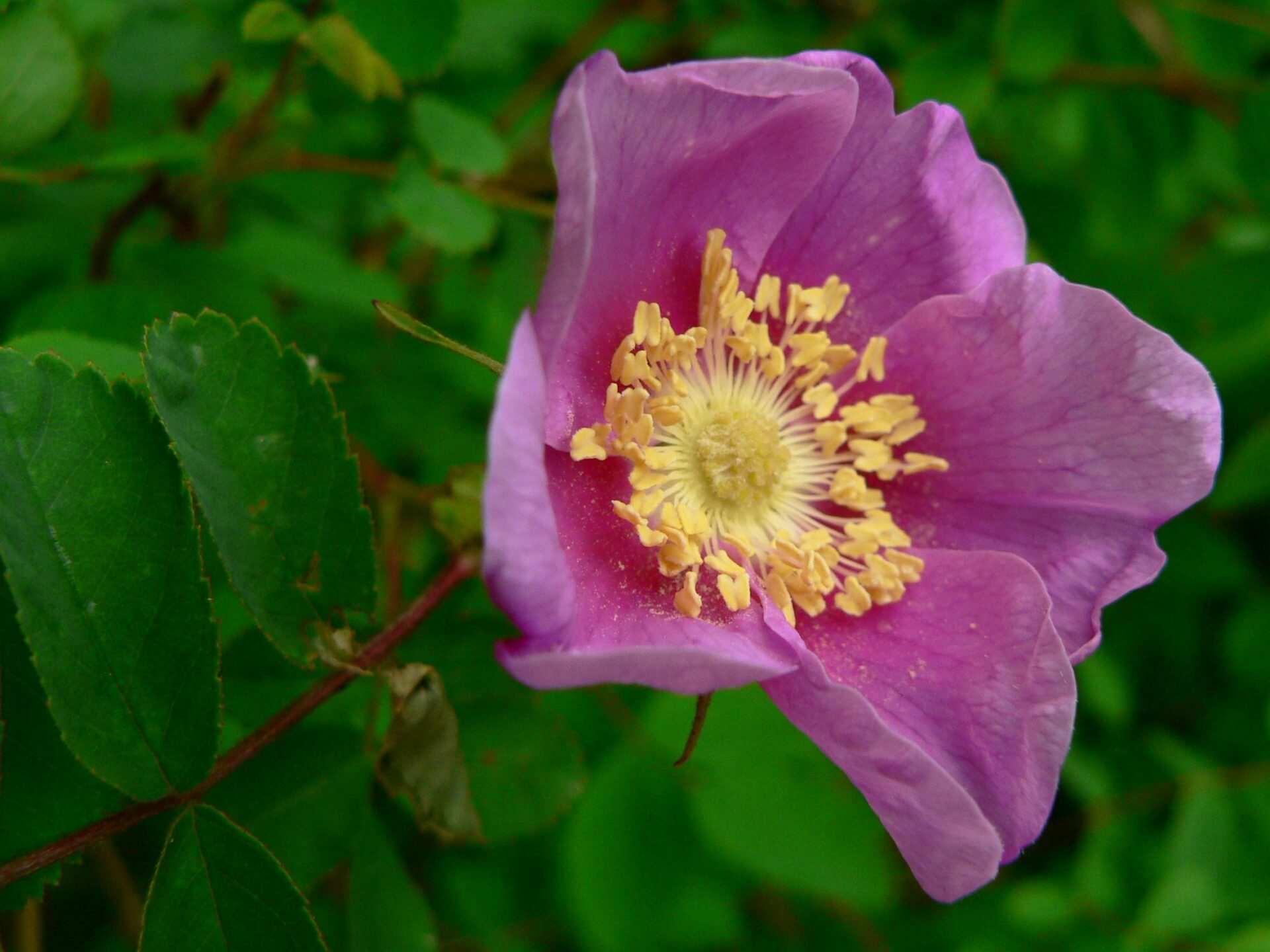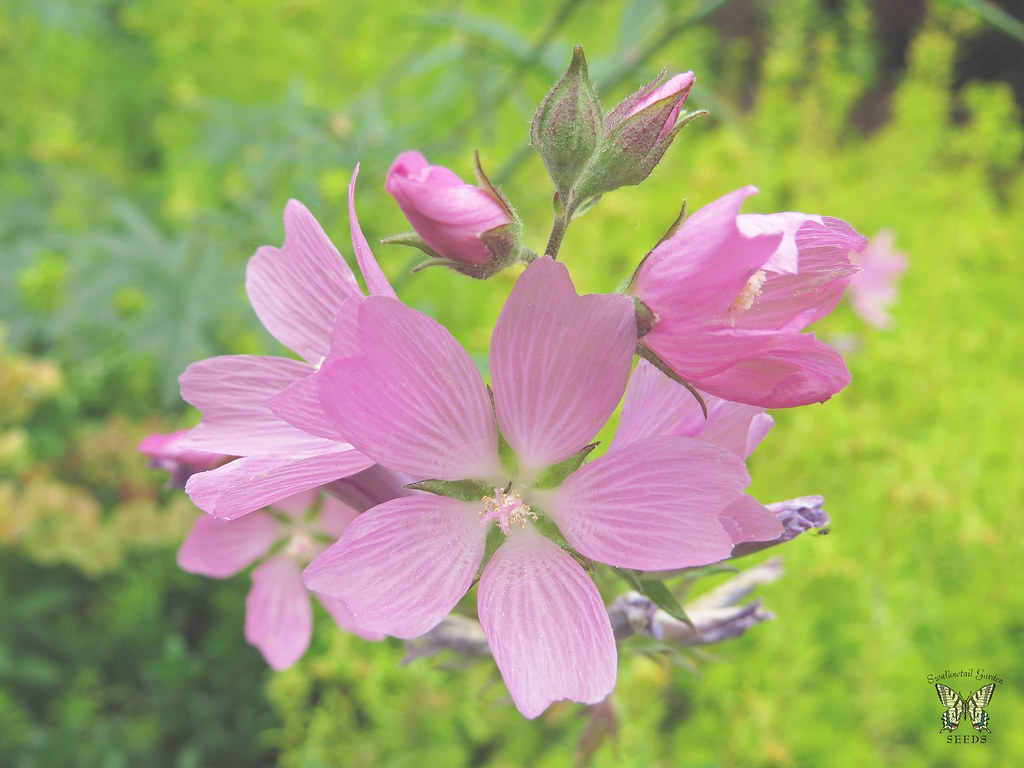As a homeowner, it’s a common thing to renovate and upgrade some parts of your home. From the ceilings to the floors, every detail must be considered before making a change.
Now that the spring season is around for the meantime, it’s a chance for you to transform your home garden. Spring is the right season to pick some new plants to keep the garden very pristine & eye-catching for you as well as your family and friends.
However, not all of us are trained experts (like a horticulturist) who have the wisdom to choose plants that are optimal for the spring season. Plus, there are some people who may not have the gift of the green thumb.
But don’t let it hinder you from fulfilling your goal of having a colorful and thriving home garden. There are native plants around Oregon that are not only beautiful, but are also easy to take care of and require low maintenance for the spring season.
Here are four native plants for spring that are suitable for the Portland weather.
Blueblossom

This native perennial flower goes by its scientific name, Ceanothus thyrsiflorus. It is easily recognized by its distinct features such as pretty light blue flowers, tree-like shrub, and evergreen foliage. The blue blossom plant is part of the Rhamnaceae family. It also has other names such as california lilac and blue brush.
The flower clusters resemble a lilac, and it can grow from 3-18 feet in height during spring and summer. The blue blossom plant can be seen around the Pacific Northwest area, ranging from California to Oregon. If you need an ornamental plant in your garden, then this might be the one for you.
The blue blossom is greatly desired due to its visual appeal when used for landscaping and gardening applications. The flowers’ color is considered rare by most gardeners.
Aside from that, the shrub only requires low maintenance. It will grow in different weather and soil conditions such as full sun and dry soil or partial shade and moist soil. It can also live a long life even when it freezes during the winter season.
But be careful not to overwater a mature blue blossom in spring and summer, as it will have a short life span after doing so.
This beautiful plant attracts a lot of butterflies, bumblebees, and honey bees for pollination. But it can also provide food and shelter for hummingbirds and songbirds as well. The blue blossom will help not just to enhance your garden, but also to improve the wildlife around it.
Where to buy: Native Foods Nursery
Western Columbine

The Western Columbine (Aquilegia formosa) is a native flowering plant of California and it is part of the Ranunculaceae genus, otherwise known as the Buttercup Family. This flower can reach up to 3 feet in height. It is mostly recognized by its unique characteristics such as its dangling yellow and red flowers and bluish-green foliage.
This plant is also known as the Red Columbine due to the flower’s reddish color.
What’s interesting about this flower comes from its scientific name. The genus name Aquilegia is derived from the Latin word aquila, which translates as eagle. While formosa, the species name, means beautiful. There is no denying it because this flower is beautiful to look at and it resembles an eagle’s talons.
If you are planning to grow this native flower for your garden, you need to make sure that you have some moist, well-drained soil and direct sunlight. But it can also live in chalky, sandy, and clay soil under partial shade. All in all, the Western Columbine is very easy to maintain and take care.
Even though it has no fragrant smell, this beautiful perennial shrub attracts bees and hummingbirds, which is helpful for pollination.
There are medicinal benefits for the Western Columbine, particularly when you use its root and leaves. It can help aid diarrhea, stomach aches, sore throats, dizziness, etc. If you need a beautiful native plant that has a few medicinal properties, this shrub might be a fit for you.
Where to buy them: Portland Nursery
Nootka Rose

Do you fancy roses for spring? Maybe this native plant will turn your garden around. After all, Portland is considered the City of Roses. The Nootka rose (Rosa nutkana) is part of the Rosaceae family, which all can be found in Portland.
What makes this wild rose so unique is that it gives off a sweet cinnamon scent and can grow up to 2-10 feet. It is recognized by its features such as delicate pink flowers, prickly stems, and compound light green leaves. You can also eat the fruit or turn it into jams and jellies.
The Nootka Rose can adapt to any soil, but it prefers to grow in moist soil under partial shade. Be careful not to plant this deciduous shrub anywhere near walkways, as it will grow into a large thicket. It is best to choose a plot in your garden that has enough space and favorable conditions.
It is easy to take care of this beautiful plant, plus with its fragrant scent, it can attract butterflies and bees. But it should be trimmed by winter to control spreading. Apart from that, the Nootka rose requires less maintenance and can live for a long time.
Where to buy: Heritage Seedlings
Meadow Checkermallow
The Meadow Checkermallow (Sidalcea campestris) is one of the most versatile wildflowers that you can grow in your own garden. It can be found in Oregon’s Willamette Valley, but it is considered rare. It can be recognized by its pale pink to white flowers that form into large clusters and tall stems that can grow up to 4 ft. or more. It’s also a part of the Silcadeae family.
This gorgeous plant blooms from late spring to early summer, and it is very easy to take care of. It also serves as a caterpillar host plant for some butterflies.
What makes this plant so desirable is that it can grow well and live long with little prep work. The Meadow Checker Mallow prefers moist soil in full sunlight, but it can grow in any location with partial shade.
If you’re planning to grow this beautiful flower for your home garden, then you need to propagate the seeds through seed coat scratching in a well-moist soil. This will allow the seeds to germinate within a few weeks and grow from there onward.
Where to buy: Portland Nursery
Conclusion
If you are still planning to upgrade your garden today, then these plants will feel right at home during the spring season.
But remember, before making a choice to grow new plants, you need to check first the soil and weather conditions in your garden. By determining these important factors, you are more confident to choose what plants to cultivate for this season.
If you need professional advice and tips about gardening, you may ask a plant nursery owner for a step-by-step guide in order for you to be informed.

